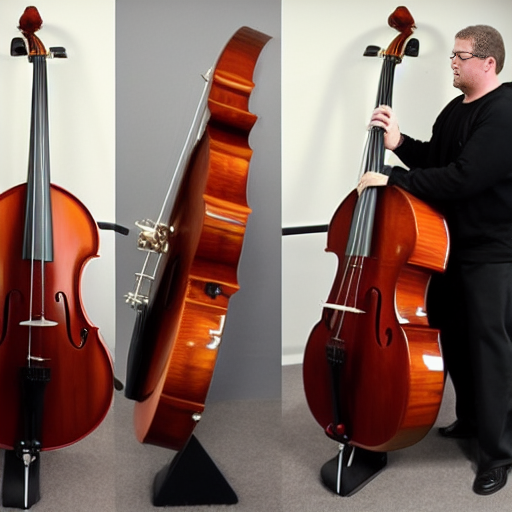oring
Factoring is the process of breaking down a number or an algebraic expression into its prime factors – the numbers that when multiplied together give the original number. It is a simple but important process that is used in both mathematics and everyday life. In mathematics, factoring is often used to simplify equations and solve problems, and it also plays an important role in cryptography and other security applications. In everyday life, it is used to save time when making calculations and can help to identify patterns and relationships between different numbers.
In mathematics, factoring is typically used to simplify polynomials, which are equations involving multiple terms with different exponents. Factoring is the process of expressing a polynomial as the product of two or more polynomials with simpler terms. By breaking down an equation into its prime factors, it is easier to isolate and solve for individual variables. Factoring is also helpful for finding the greatest common factor (GCF) and least common multiple (LCM) of two or more numbers, which can be useful in solving word problems.
It’s important to remember that factoring can only be applied to numbers that have no common factors other than 1. If a number does have common factors, then it will need to be broken down further before it can be factored. The same is true for algebraic expressions. If the expression involves fractions or negative exponents, then a more advanced technique known as partial fraction decomposition may be necessary. Knowing how to factor properly is an essential part of understanding mathematics and finding solutions to problems.
